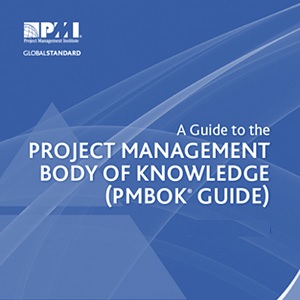Carrying out project audits are a great way to discover what is going well and not so well with your projects. The focus for the audit should be on improvement not punishment so make sure that the process is focused upon repeating the good things you discover and stopping the not so good things.
The audit is also focused upon process not the product. This means that you won’t be inspecting the actual product being produced by the project but instead ensuring that the agreed and required processes are being followed. Most of these processes will be captured in your project management methodology. Others will be organization wide policies and procedures.
There are generally two types of audits.
The routine, or scheduled audit, which is carried out on selected projects at pre selected points and examines all relevant aspects of the project.
The project health check audit is carried out when a project is in trouble and focusses on discovering the causes of the problem. It can be carried out during the life of a troubled project with the aim of getting things back on track or after completion as a retrospective exercise to learn from the mistakes.
How to Carry Out a Project Audit
1. You should develop a checklist of processes and procedures to be checked during the audit. For routine audits you should have a standardized list of processes and procedures you are going to check. This list can be customised to a certain degree but overall it should be applied uniformly to all projects. These processes and procedures will come from the following sources:
- Your organizations project management methodology as this contains the expected and agreed upon processes that projects must follow in your organization
- Other organizational processes (e.g. H&S, Employment etc.)
- Contracts affecting the projects as they will have clauses in them that need to check for completion
- External industry standards such as ISO standards, or standards set by industry bodies that your project must comply with.
2. Decide a time frame for carrying out the audits (e.g. during the project at regular intervals, or perhaps only at completion)
3. Decide selection criteria for projects if resources are limited and all projects cant be audited (e.g. financial amount)
4. The audit should be carried out by someone external to the project so that they do not have vested interest in the outcomes.
5. Identify the people you want to interview. These people should be able to answer the questions about use of processes and procedure and if necessary provide proof.
6. Set aside time with each person and go through the checklist asking if the processes is being followed and if required asking for evidence. Evidence gathering can be included in a follow up email is necessary.
7. Prepare a single report using the checklist of required and expected processes and procedures. Comment about whether each one was being followed or not, and the reasons it wasn’t if this is the case. Make sure to highlight excellence and good practice in action as well.
8. Provide feedback to the project team on the findings of the audit, be sure to point out areas of excellence and highlight any areas that need to be followed up. Clearly indicate the time frame within which identified issues must be remedied and assign responsibility for ensuring that any issues are resolved.
9. Make a note to follow up to ensure that the required issues have been fixed.
10. Share the results of the audit with the wider project management community and make sure that all project audits are stored in easily accessible places as part of your lessons learned process.
11. If you discover that certain processes haven’t been followed as expected or required then don’t always assume it’s the fault of the project team member. You may need to look at the suitability of the process itself and modify it to make it more appropriate. If you do this then you may need to update elements of your project management methodology.
Contact me if you need more assistance carrying out a project audit.




